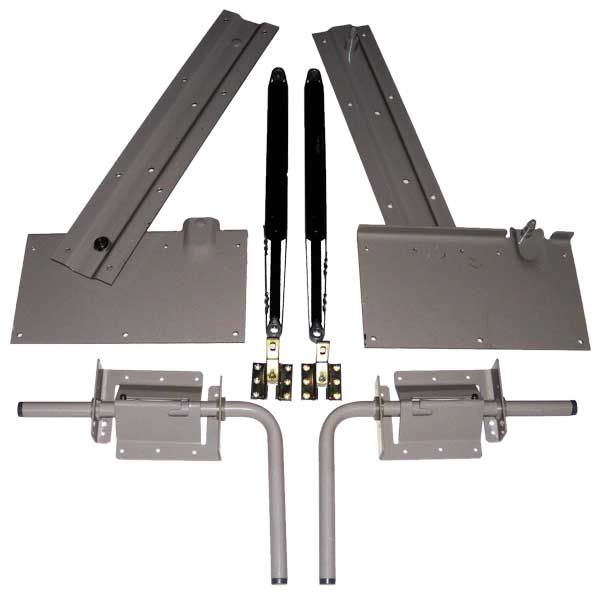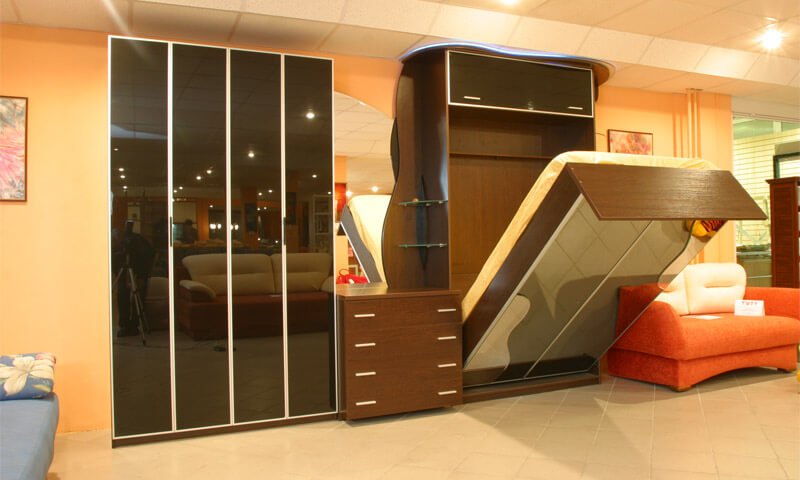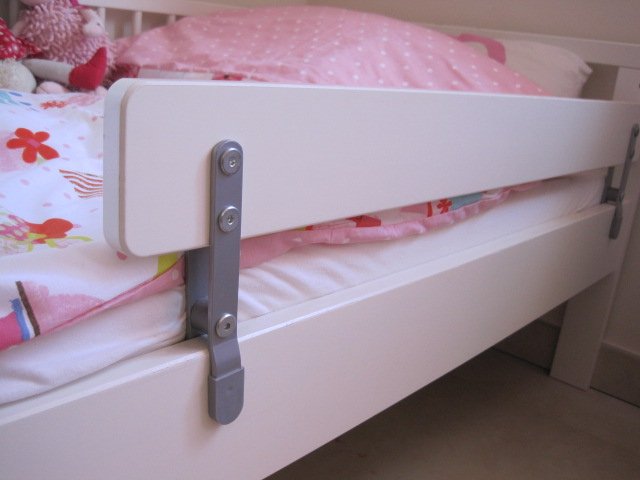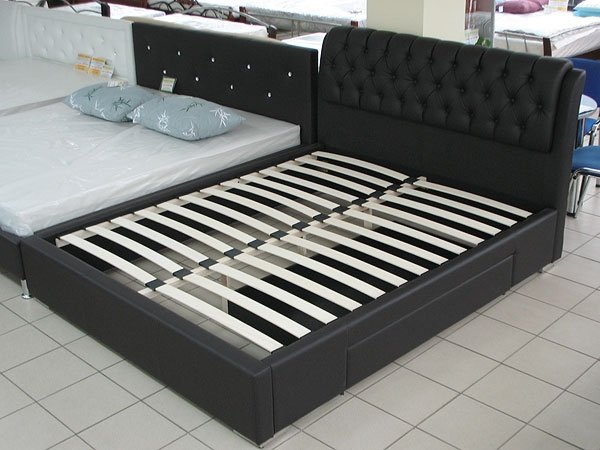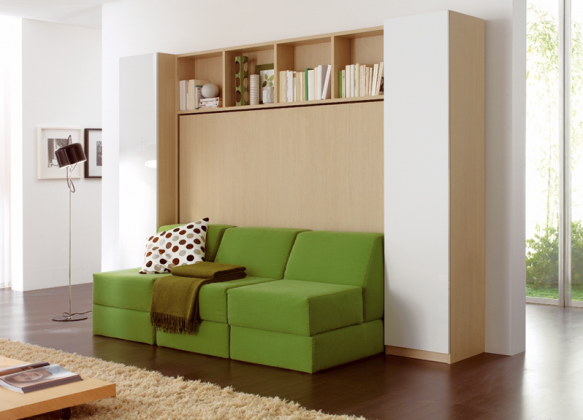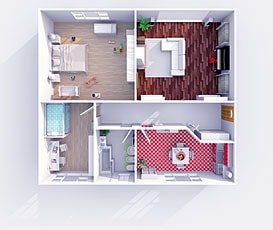Description and types of organza tulle: DIY curtains
Tulle - timeless classics. 6 centuries have passed since the first tissue samples appeared. Because of its unusual properties, it was the most popular type of fabric in Europe. But as time went on, the look of tulle changed. Thus, in the 18th century, a material called organza was invented, which is still used in clothing design and as curtains in the interior.
Transparent organza curtains are especially in demand because they are in harmony with any style.
Content
- 1 Organza tulle: a description of what it looks like, examples of curtains
- 2 Organza: a description of the models, an overview of the varieties, the structure and color of the fabric
- 3 What is better than tulle or organza? Comparative characteristics of fabrics
- 4 Sewing organza curtains with your own hands: instructions on how to choose the fabric, how to cut and sew the curtains yourself
- 5 VIDEO: What is organza. How to sew organza tulle.
- 6 50 photos of examples of organza curtains in the interior:
Organza tulle: a description of what it looks like, examples of curtains
For the first time tulle appeared in Europe in the 15th century in a small town, in whose honor the material was named. He was woven by weavers specifically by royal decree. The first copies of tulle were very smooth, light and at the same time dense enough to hide the face of a person behind it. Their structure resembled a network of very thin threads that were woven by hand. The most commonly used materials from natural products, such as silk or cotton.
Organza is a light and airy fabric, which is made using a special technology of twisting fibers.
With the advent of special machines, getting tulle has become easier. It took less time to make it, and the fabric itself became better and more diverse. From that moment, tulle began to be produced with polyester elastic threads to create an original pattern.
Thanks to this method of fabrication, organza curtains are practical and aesthetic at the same time.
The popularity of tulle in Europe declined in the 18th century, when a fabric called organza was supplied from the eastern side of the mainland. It was made entirely from treated silk threads and belonged to premium goods.
For curtains, organza was used when polyester and viscose were added to it, due to which the material became more accessible, elastic and transparent. The only drawback of the new organza is that it has become worse to let air through, to retain dust and to require additional care.
Organza consists of natural or synthetic fibers, is weightless and durable, transmits and disperses the sun's rays, is easy to maintain.
Organza: a description of the models, an overview of the varieties, the structure and color of the fabric
Today, organza products are 100% made of synthetic fabrics that repeat the properties of the first copies of the fabric, namely smoothness, lightness and shine.
Organza is perfectly combined with any material.
After the transition to machine production, the fabric manufacturing process has become much easier and cheaper. Therefore, it is not surprising that they began to use it to the maximum both in the interior and in the design of clothes. As a result, demand for more interesting organza species has risen.
According to the materials used:
- Silk
Silk is a natural fabric, distinguished by its beauty.
- Viscose
The viscose which is a part of the tyuly presented in this section gives to fabrics the soft, silky invoice.
- Chiffon
Chiffon is a surprisingly light and airy material with an interesting relief texture.
By transferring colors:
- Matte finish
For the classic style choose monophonic matte tulle of light shades.
- Brilliant
Brilliant tulle will be a special accent of the interior.
- "Chameleon"
Tulle chameleons change their color depending on the lighting.
By color palette:
- Monophonic
Plain tulle fits the interior without a distinct accent on a particular color.
- Colored
Beautiful colored tulle will be a great addition to your window.
By decorative structure:
- Smooth
To get a smooth tulle, use polyamide yarn.
- Tattered
Harvested tulle demonstrates a combination of good taste and practicality.
By decorative elements:
- With print
Curtains with photo printing are a breakthrough design window opening.
There are several options for applying prints on organza. One of them is the seal. The drawing is applied to the fabric using a prepared ink stamp. When the picture is printed on the canvas, it is additionally processed to fix the paint. Another option involves applying a pattern with oilcloth or chemical burning on dark canvases.
- With embroidery
Every day tulle with embroidery is becoming more popular.
The whole picture, embroidered on the canvas of organza, is performed with the help of a special error for the formation of marriage. It is worth knowing about this type of organza: the fabric must necessarily consist of synthetic, more dense threads, so that the embroidery does not make the fabric heavier with its weight.
- Perforated.
Perforated curtains - a terrific design technique.
A laser passes through the entire canvas, into which a certain pattern is programmed, it burns holes on the fabric according to the given coordinates. This type of organza organically looks in the interiors in the style of minimalism.
- Jacquard
Jacquard tulle has a special luxury in the interior space.
Tulle royal designs can not stand, but organza is another matter. In the past, it was applied ornaments of houses with great prosperity. Indeed, besides them, no one could afford to buy such material. Now Jacquard is used in a classic interior style.
What is better than tulle or organza? Comparative characteristics of fabrics
Organza tulle is fabrics that are often used as curtains for living rooms, such as bedrooms, nurseries, living rooms, and kitchens. The main reason for choosing these fabrics is in the following properties:
- Translucency;
- Ease;
- Ease of care;
- A wide selection of colors, shades, patterns, etc .;
- Affordable cost.
Today, designers are widely using various styles to decorate windows.
However, organza and tulle are still not the same material, which means they must have differences. So, for example, tulle has a number of drawbacks, which should be taken into account; there are also drawbacks when choosing curtains.
- Tulle is a very delicate and lightweight fabric that is easily deformed by chemical and mechanical effects. Therefore, using a fabric of this type is not the best option for a child’s room or kitchen.
- The cream or white shade of the fabric is too transparent and does not diffuse sunlight very well, so tulle is not suitable for bedrooms. The exception is when lightweight tulle is complemented by thick curtains or denser material.
- Tulle is worth hanging just not on the sunny side. This material has the ability to quickly burn out. Otherwise, the canvas will constantly have to change or paint with dyes.
Fashion trends involve the use of various types of organza when decorating windows.
Regarding the durability of organza, of course, have important advantages compared with conventional tulle.But one should not overlook the fact that the synthetic threads that make up the organza significantly affect the efficiency of air transmission and the dust-repellent properties of the material, unlike tulle.
Floor-length tulle will never go out of style.
Important! If there are people in the family who are allergic to dust, then it is better to take curtains made of tulle with the maximum amount of natural threads. Such fabrics pass air better and do not trap dust.
Sewing organza curtains with your own hands: instructions on how to choose the fabric, how to cut and sew the curtains yourself
Gone are the days when organza was considered premium material. Now it is available to anyone who intends to diversify the interior of his room with new curtains. And two thirds of the cost of new curtains are not so much the organza web itself, as the processing of its edges, which can be done independently at home.
For those who love bright light curtains fit light and bright organza.
Sewing organza curtains with your own hands consists of only five stages.
- Length measurement
To find out how much fabric you need to sew curtains, you need to measure the width of the cornice on which the product will hang, and multiply the resulting figure by 1.5-2 times. Then the fabric will fall down freely, without stretchings in width. Height is measured from the top point of the eaves and to the floor with an allowance of 2-4 cm for hemming edges.
- Edge processing
The sides, where the canvas was cut, are treated with a special invisible seam overlock to hide the traces of the thread.
Choosing the right colors for curtains is an important task.
- Bottom processing
To do this, you must additionally buy tape oblique bakey. First, the ribbon is sewn to the seamy side of future curtains. After the organza is wrapped in a ribbon and secured with an invisible (hidden) suture from the wrong side.
- Top processing
Additionally, curtain tape is bought at any sewing store. It should be equal to the width of the structure itself. It must be sewn to the top of the canvas, where it will be attached to the cornice. After that, it is necessary to tighten the curtain, form folds of the same size and hang the finished curtains on the eaves. Is done.
You can combine tulle of several colors in the decor and textiles during the interior design.
VIDEO: What is organza. How to sew organza tulle.
50 photos of examples of organza curtains in the interior:
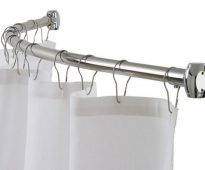 Types of curtain rods in the bathroom
Types of curtain rods in the bathroom
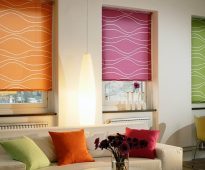 Types of roller blinds on plastic windows according to the type of fastening
Types of roller blinds on plastic windows according to the type of fastening
